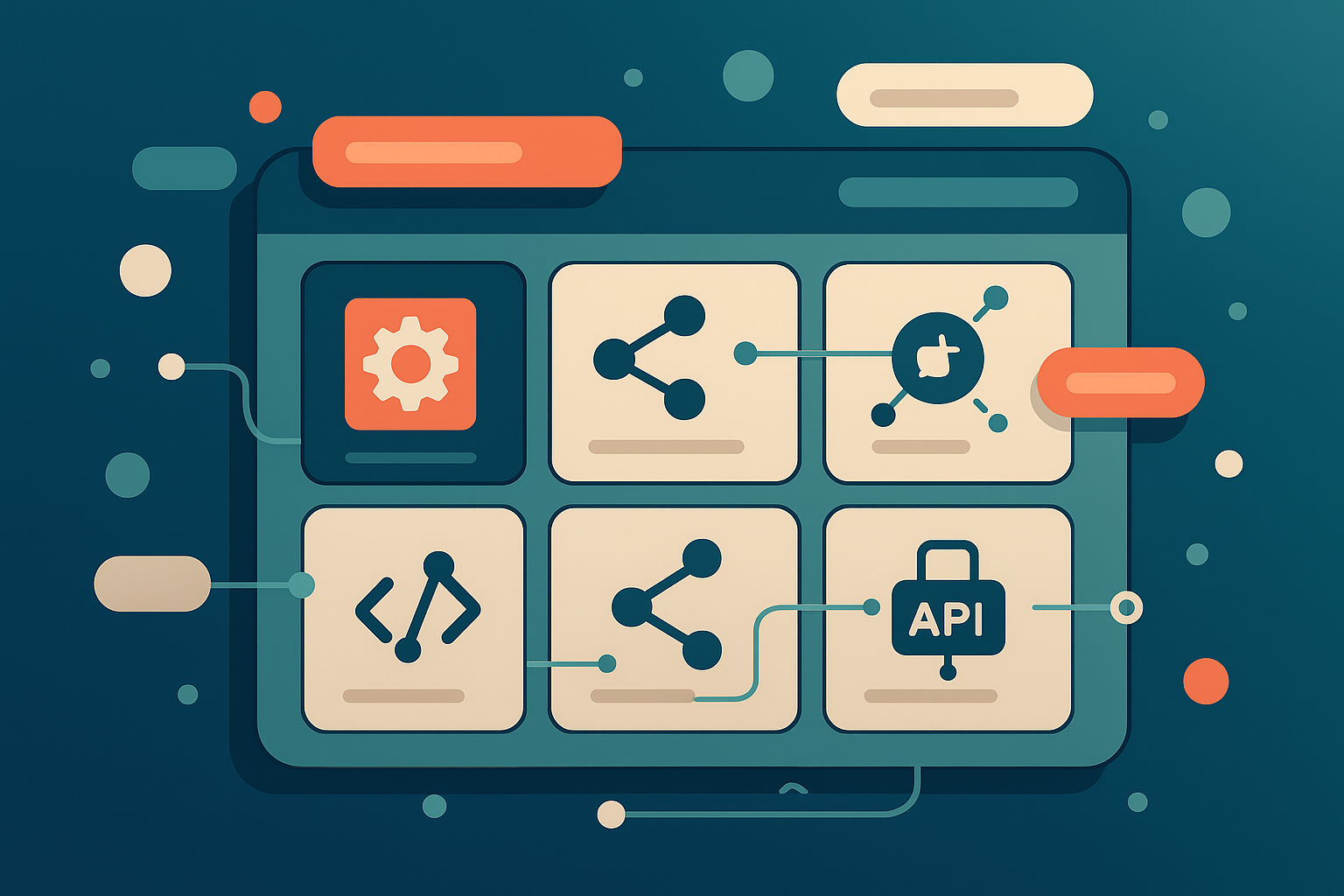An integrations marketplace is the place where customers learn how your product connects to the rest of their tech stack. It replaces the old “integrations” page with something modern, searchable, and actually useful. Instead of a list of logos, it becomes a real product surface. Users can browse integrations, understand what they do, see how deep each connection goes, and install them without friction.
For product teams, it becomes the home for everything your APIs power. For customers, it becomes the moment they realize your platform fits into their world.
Why integrations marketplaces exist
Customers assume your product already integrates with the rest of their tools. They do not want to file tickets or read docs just to confirm whether you sync contacts, support SSO, push updates, or trigger workflows. They want answers immediately.
And when they can’t easily find those answers, this happens:
- Your product looks less mature
- Support gets more questions
- Sales loses cycles clarifying what is or isn’t possible
- Your integration strategy (which you worked hard on) stays invisible
An integrations marketplace solves this by making all your connection points discoverable. It lets customers explore your ecosystem without relying on your team to explain it.
It also gives product and engineering teams something they rarely get: a structured, scalable way to showcase integration depth and highlight the real value of everything they’ve built behind the scenes.
What a great integrations marketplace actually includes
Good marketplaces are simple on the surface, but powerful underneath. They bring together four things that usually live across twenty different places:
Clear integration discovery
Users need fast search, helpful filters, and intuitive groupings. If someone wants to know whether you integrate with HubSpot or Salesforce or a niche data warehouse, it should take two seconds, not a scavenger hunt.
Real content about what the integration does
Screenshots of the workflow. A short explanation of the value. What fields sync. Whether it’s built by you or a partner. Nothing fancy, just enough clarity to help someone feel confident clicking “install.”
In-app context
Putting the marketplace inside your product changes everything. Customers can activate integrations at the moment they discover the need. This is the fastest path to adoption.
Developer workflows on the back end
As your ecosystem grows, partners and third-party developers need a place to submit integrations, update content, manage versions, and stay in sync with your team. The more streamlined this is, the faster your ecosystem grows.
Those four pillars make your marketplace feel less like a static directory and more like a product that supports everything your platform can do.
What should live on each integration listing
Every integration should feel like a mini landing page. It should answer the questions customers actually have:
- What does this integration do
- How does it connect
- What workflows or use cases does it support
- What data moves and in which direction
- How hard is setup
- Can I install it now
When you provide that level of clarity, customers don’t just understand the integration. They understand your product better, too.
Who contributes to an integrations marketplace
Integrations come from all over your ecosystem:
- Your internal team
- Your technology partners
- Independent developers
- Customers who built something for themselves and want to share it
- iPaaS-powered workflows or recipes
A marketplace gives all of them a home. And the more contributors you have, the more valuable your product becomes.
Why this matters for product teams
If you’re responsible for integrations, platform strategy, or developer experience, the marketplace becomes your single source of truth. It shows what exists, what’s missing, which integrations get used, and which need improvement. It makes integration discovery a product experience rather than a guessing game.
It also takes pressure off your team. Instead of answering the same questions every week, you point people to the marketplace. Instead of custom PDF one-pagers, listings become standardized and easy to maintain. Instead of scattered workflows, external developers have a clear path to publish.
Real examples that show what’s possible
Some marketplaces doing this well:
HubSpot App Marketplace
This is the gold standard. Deep listings, clean UX, and a discovery experience customers actually trust.
SmartRecruiters
Built on Partner Fleet. Simple filters. Clear categories. Strong content. Easy in-app embedding.
Healthie’s Harbor
A modern, polished ecosystem hub that blends integrations, service partners, and workflows customers depend on.
Each example treats integrations like a real product, not a checkbox.
The takeaway
An integrations marketplace makes your product easier to adopt, easier to expand, and easier to understand. It shows customers exactly how your platform fits into their stack. It reveals the work your product and engineering teams have already invested. And it gives developers a place to innovate without waiting in line.
If your integrations are scattered, buried in docs, or hard to understand, it’s time to bring them together in one place. Partner Fleet helps companies launch a modern integrations marketplace on their website and inside their product in just a few weeks.
Book a demo to see how quickly you can launch yours.




